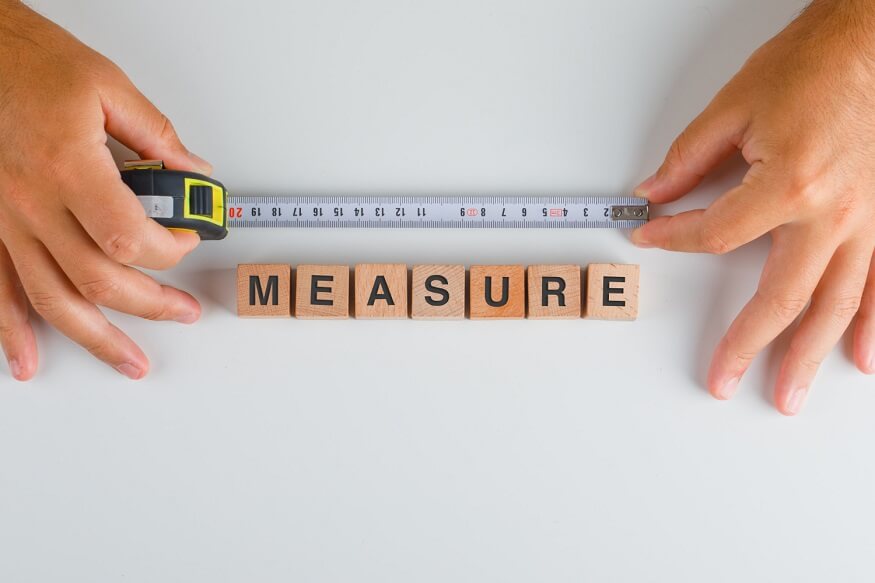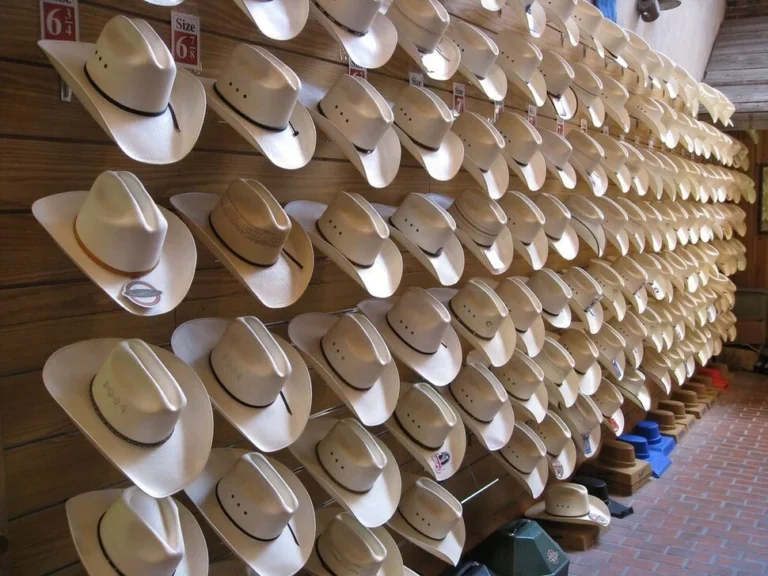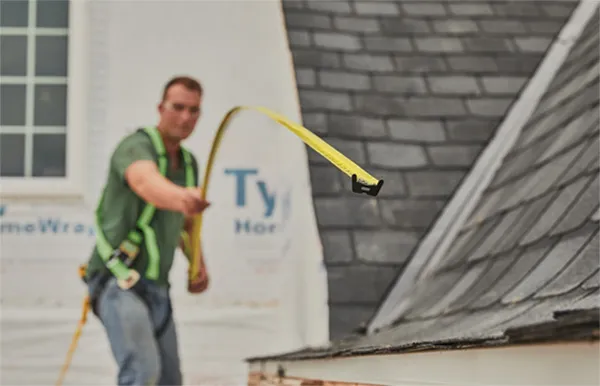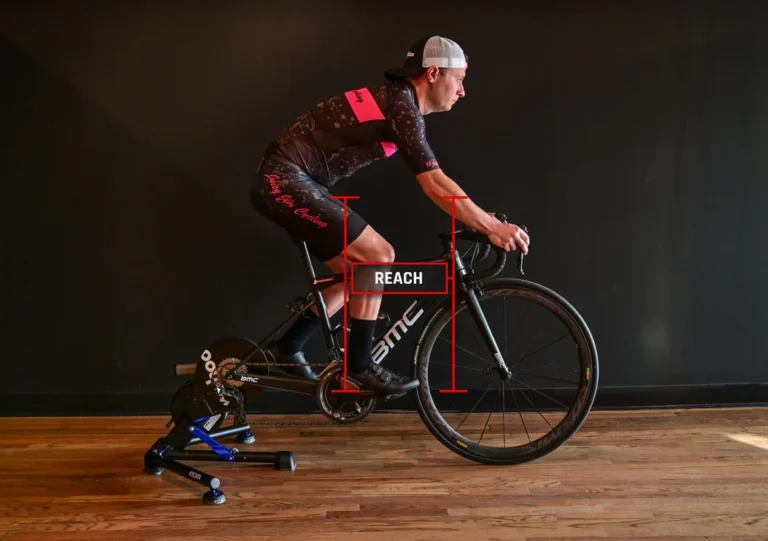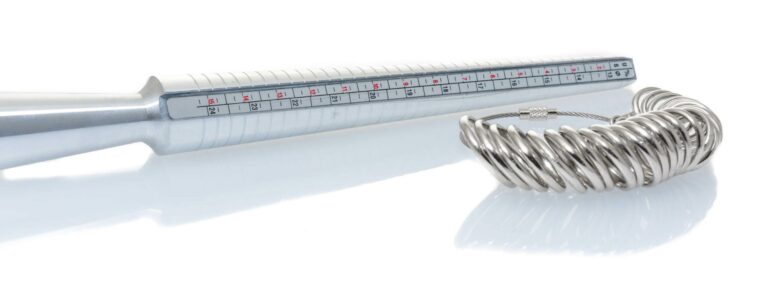Trouser Measurements Chart
Understanding dimensions is crucial while looking for the ideal pair of pants. Precise measurements for pants guarantee a cozy and attractive fit, regardless of whether you choose custom or off-the-rack clothing. The many sorts of trouser measures will be explained in full in this tutorial, along with helpful hints and recommendations to help you get the perfect fit.
1. Measurement of Waist
Comprehending the Waist Gauge
When it comes to trouser fitting, the waist measurement is probably the most crucial. It establishes how comfortably and aesthetically pleasingly the pants will fit around your waist.
Method of Measurement:
Utilize a flexible measuring tape for preparation. Make sure your feet are together and that you are standing erect.
Finding Your Waist: Usually, the natural waistline is located directly above the belly button. It is the thinnest region of your body and may be situated just above the bony portion of your pelvis.
Measuring: Snug but not tighten the tape around your waist, making sure it is level. For a comfortable fit, you should be able to slide your finger between the tape and your body.
A helpful tip is to measure in front of a mirror to make sure the tape doesn’t twist and stays horizontal.
2. Measurement of the hips
Comprehending the Hip Measurement
The hip measurement is crucial to ensuring that your jeans fit comfortably around your hips and thighs. If the hip measurement is accurate, it will be difficult for the pants to be too tight or too loose in this area.
Method of Measurement:
Get ready by putting your feet together.
Finding Your Hips: Generally speaking, your hips are at their largest at the top of your buttocks.
To measure, wrap the tape over your hips and buttocks at their largest point. Make sure the tape is tight but not level so that the skin is compressed.
Advice: To get the most accurate measurement, make sure you are measuring over the undergarments you want to wear with the trousers.
3. Measurement of Inseams
Knowing How to Measure Inseams
The length of the trouser leg, measured from the crotch to the bottom hem, is determined by the inseam measurement. To make sure that pants are the right length, this measurement is essential.
Method of Measurement:Get ready by putting on a pair of pants that fit well on you or measuring while wearing shoes that are appropriate for your height.
Finding the Point of Measurement: Start at the inside thigh, where your existing pants’ crotch seam is located.
Measuring: Take a measurement from the top of your shoe or heel down the inside of your leg to the desired length.
Advice: Modify the measurement if you have a particular length for your pants, such as a little greater or shorter length.
4. Measurement of Outseams
Knowing How to Measure Outseams
The outseam measurement is the length of the pants measured along the outside of the leg, from the waistband to the bottom hem. This measurement makes it easy to determine the total length of the pants.
Method of Measurement:Prepare by keeping your feet together and standing straight.
Finding the Measurement Point: Position the tape’s beginning at the waistband’s top.
Measuring: To get the desired length, measure down the side of the leg. This ought to match the hem’s bottom.
Advice: Try to measure the outseam of your pants using the shoes you usually wear with them for a more precise measurement.
5. Measurement of Rise
Comprehending the Rise Measurement
How high the pants will sit on your waist is indicated by the rise measurement, which may have an impact on comfort and style. Determining whether pants will sit at the natural waist, have a low rise, or a high rise is especially crucial.
Method of Measurement:Prepare by putting on appropriate clothes and using a pair of pants that fit you nicely.
Finding the Point of Measurement: Measure down to the crotch seam from the top of the front waistband. To find the back rise, repeat for the back.
Measuring: The front rise is the length of the waistband to the front crotch seam. Measure from the waistband to the rear crotch seam for the back rise.
Advice: Think about
6. Measurement of the Thighs
Knowing How to Measure Your Thigh
You may ensure that your pants fit correctly around your upper thighs by taking a measurement of your thighs. Those with larger or more muscular thighs will find this very useful.
Method of Measurement:Get ready by spreading your legs slightly apart.
Finding the Measurement Point: Take a measurement around your thigh’s largest area
Measuring: Make sure the tape measure is level and just snug not too tight around your thigh.
A tip to help you obtain a better fit is to modify the thigh measurement if you discover that your trousers are too tight or loose around your thighs.
7. Measurement of the Knee
Knowing How to Measure Your Knee
The measurement of the knee dictates how pants will fit around the knee, which can be crucial for certain activities or to get a specific style.
Method of Measurement:Get ready by taking a seat or standing with your knee slightly bent.
Finding the Measurement Point: Take a measurement around your knee’s widest point.
To measure, make sure the tape measure is tight but not too tight.
Advice: To maintain comfort and flexibility, carefully examine the knee measurement when purchasing pants that must accommodate movement or certain activities.
8. Measurement of Leg Opening
Comprehending the Measurement of Leg Opening
The width of the trouser leg at the bottom hem is the measurement for the leg opening. This dictates whether the trousers are wide-legged, tapered, or straight, as well as how they look overall.
Method of Measurement:Lay the pants out flat on a surface to begin preparations.
Finding the Point of Measurement: Take a measurement across the trouser leg’s bottom hem.
Measuring: Measure from one side of the hem to the other while holding the tape measure parallel to the ground.
Advice: Adjust the leg opening measurement to fit your desired leg shape (slim or bootcut, for example).
9. Measurement of Cuff
Knowing How to Measure Cuffs
To guarantee that pants with cuffs have a polished, finished appearance, the cuff measurement is crucial.
Method of Measurement:Lay the pants out flat on a surface to begin preparations.
Finding the Measurement Point: Take a measurement of the cuff’s breadth at the leg’s bottom.
Measuring: From one side to the other, measure the cuff’s breadth.
Advice: Cuffs can provide pants a fashionable touch. Make sure the length and overall style of the pants
Advice for Precise Measurement
Employ a Retractable Tape Measure: For precise measurement taking around curves and contours, a flexible tape measure is a need.
Put on Proper Clothes: Wear form-fitting clothing or undergarments that match the pants for the most accurate measurements.
To obtain the most accurate measurements, make sure you are standing naturally and without tensing your muscles. Stand in a Relaxed Position.
Verify Measurements Again: To ensure accuracy, take many measurements. For more accuracy, it’s also beneficial to have assistance with measurements from another person.
.

